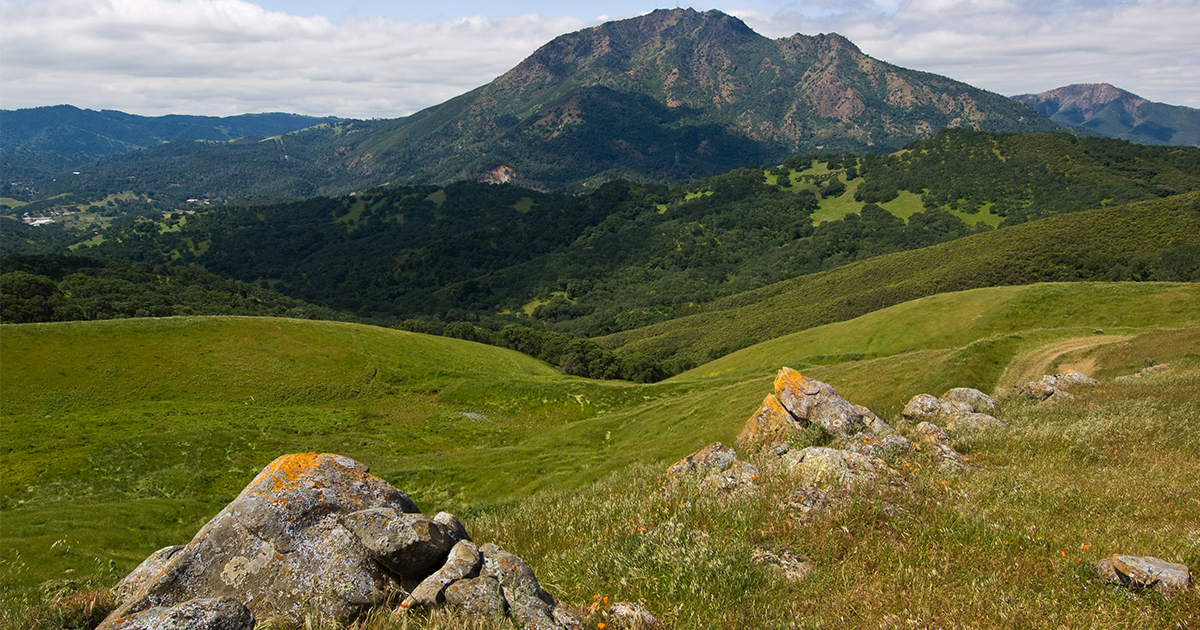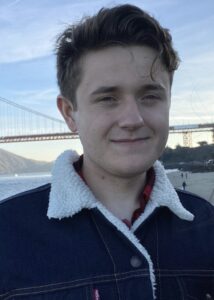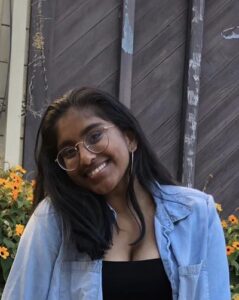
Set in sprawling Contra Costa County, forty miles east of San Francisco, the “Fifty Years of Save Mount Diablo” podcast season celebrates fifty years of environmental activism and land conservation around Mount Diablo through the consequential work of a local grassroots organization—Save Mount Diablo.
In season 7 of The Berkeley Remix, a podcast of the Oral History Center at UC Berkeley, we head to Mount Diablo in Contra Costa County. In the three-part series, “Fifty Years of Save Mount Diablo,” we look at land conservation in the East Bay through the lens of Save Mount Diablo, a local grassroots organization. It’s been doing this work since December 1971—that’s fifty years. This season focuses on the organization’s past, present, and future. Join us as we celebrate this anniversary and the impact that Save Mount Diablo has had on land conservation in the Bay Area and beyond.
This season features interview clips from the Save Mount Diablo Oral History Project.
A special thanks to Save Mount Diablo for supporting this project.
Episode 1: “Save Mount Diablo’s Past.” In this episode, we explore Save Mount Diablo’s past. From its origins in the environmental movement to its successful political activism to its incorporation as a nonprofit, Save Mount Diablo built a solid foundation for fifty years of land conservation. This episode asks: why save Mount Diablo? What did it take to save Mount Diablo? What sustained Save Mount Diablo?
This episode features interviews from our Save Mount Diablo Oral History Project and includes clips from: Seth Adams, Ted Clement, Bob Doyle, Scott Hein, Egon Pedersen, and Malcolm Sproul. To learn more about these interviews, visit the Oral History Center’s website.
Episode 2: “Save Mount Diablo’s Present.” In this episode, we explore Save Mount Diablo’s present. From supporting ballot measures and fundraising efforts to cultivating relationships with nature enthusiasts and artists to collaborating with outside partners, Save Mount Diablo continues to “punch above its weight.” This episode asks: now that Save Mount Diablo has conserved the land, how does it take care of it? How does Save Mount Diablo continue to build a community? How are artists activists, and how do they help support Save Mount Diablo? How does Save Mount Diablo sustain partnerships to conserve land?
This episode features interviews from our Save Mount Diablo Oral History Project and includes clips from: Seth Adams, Bob Doyle, Ted Clement, Abby Fateman, Jim Felton, John Gallagher, Scott Hein, John Kiefer, Shirley Nootbaar, Malcolm Sproul, and Jeanne Thomas. To learn more about these interviews, visit the Oral History Center’s website.
Episode 3: “Save Mount Diablo’s Future.” In this episode, we explore Save Mount Diablo’s future. From addressing the challenges of COVID-19 to fundraising efforts to protecting land and biodiversity in the entire Diablo Range to mitigating the impacts of climate change to expanding membership and partnerships, Save Mount Diablo still has a lot of good work ahead. This episode asks: what challenges does Save Mount Diablo face today? What can Save Mount Diablo do about climate change? What does the future of Save Mount Diablo look like?
This episode features interviews from our Save Mount Diablo Oral History Project and includes clips from: Seth Adams, Burt Bassler, Ted Clement, Bob Doyle, Abby Fateman, Jim Felton, John Gallagher, Scott Hein, and Egon Pedersen. To learn more about these interviews, visit the Oral History Center’s website.

